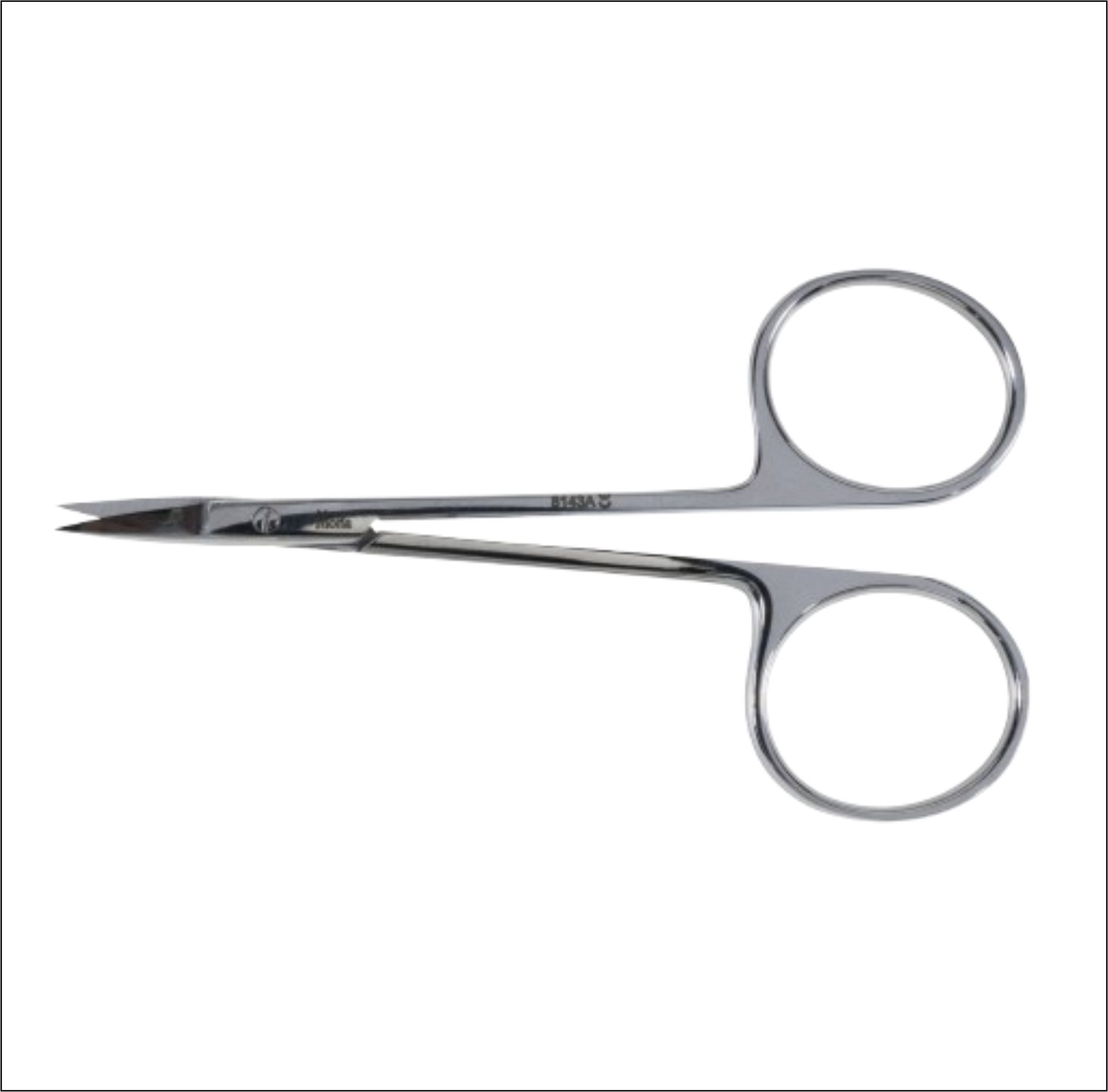Scissors
The Surgical Scissors are precision instruments used to cut tissues, sutures, and materials during medical procedures. Designed for accuracy and control, they feature sharp blades and ergonomic handles to enhance surgical efficiency. Available in various styles and sizes, surgical scissors are essential tools for a wide range of medical applications.
Description
Surgical Scissors: Precision Tools for Superior Surgical Performance
Surgical scissors are indispensable instruments in medical procedures, meticulously designed to cut tissues, sutures, and other materials with precision. Their sharp edges, ergonomic design, and varied configurations make them essential for both routine and specialized surgeries across multiple disciplines.
Key Features of Surgical Scissors
1. High-Quality Material Construction
Crafted from premium stainless steel or titanium, surgical scissors offer corrosion resistance, durability, and precision. Their high-quality construction ensures they remain sharp and effective even after repeated sterilization cycles.
2. Sharp Blades for Precise Cutting
Available in straight, curved, blunt, or pointed blade styles, these scissors meet the diverse needs of surgeons, enhancing procedural accuracy and efficiency. Fine-tipped models provide precision for delicate operations, while serrated blades prevent slippage during tough tissue dissection.
3. Ergonomic Handles for Comfort and Control
Handles are designed to provide a secure grip, reducing hand fatigue during extended surgical procedures. Spring-loaded or ring handle options allow surgeons to maintain control and precision effortlessly.
Types and Applications
- Operating Room Scissors: For cutting tissues and sutures during surgical procedures.
- Dissecting Scissors: Used to separate and manipulate tissues, available in curved or straight models.
- Stitch or Suture Scissors: Ideal for removing sutures post-surgery.
- Bandage Scissors: Designed to safely cut dressings without injuring the skin.
- Iris Scissors: Precision tools for ophthalmic and microsurgical procedures.
Customization Options
Blade Configurations: Curved, straight, blunt, or sharp tips
Handle Styles: Finger ring or spring-loaded handles
Sizes: Available in varying lengths to suit different surgical requirements
Care and Maintenance
- Cleaning: Thoroughly clean and disinfect after each use to remove biological debris.
- Sterilization: Follow strict sterilization protocols to maintain hygiene.
- Storage: Proper storage prevents blade damage and misalignment, ensuring the longevity of the instrument.
Advantages of High-Quality Surgical Scissors
- Precision Cutting: Achieve clean and accurate cuts essential for optimal surgical outcomes.
- Versatility: Adaptable to a wide range of procedures, from general surgeries to microsurgical techniques.
- Enhanced Safety: Sharp, reliable blades reduce the risk of tissue damage and procedural errors.
Conclusion
Surgical scissors play a critical role in modern medical practices, ensuring precision, control, and efficiency during procedures. Investing in high-quality instruments tailored to specific surgical needs promotes superior outcomes and enhances patient care. Whether for cutting delicate tissues or robust surgical materials, surgical scissors are a cornerstone of efficient and safe surgical environments.


